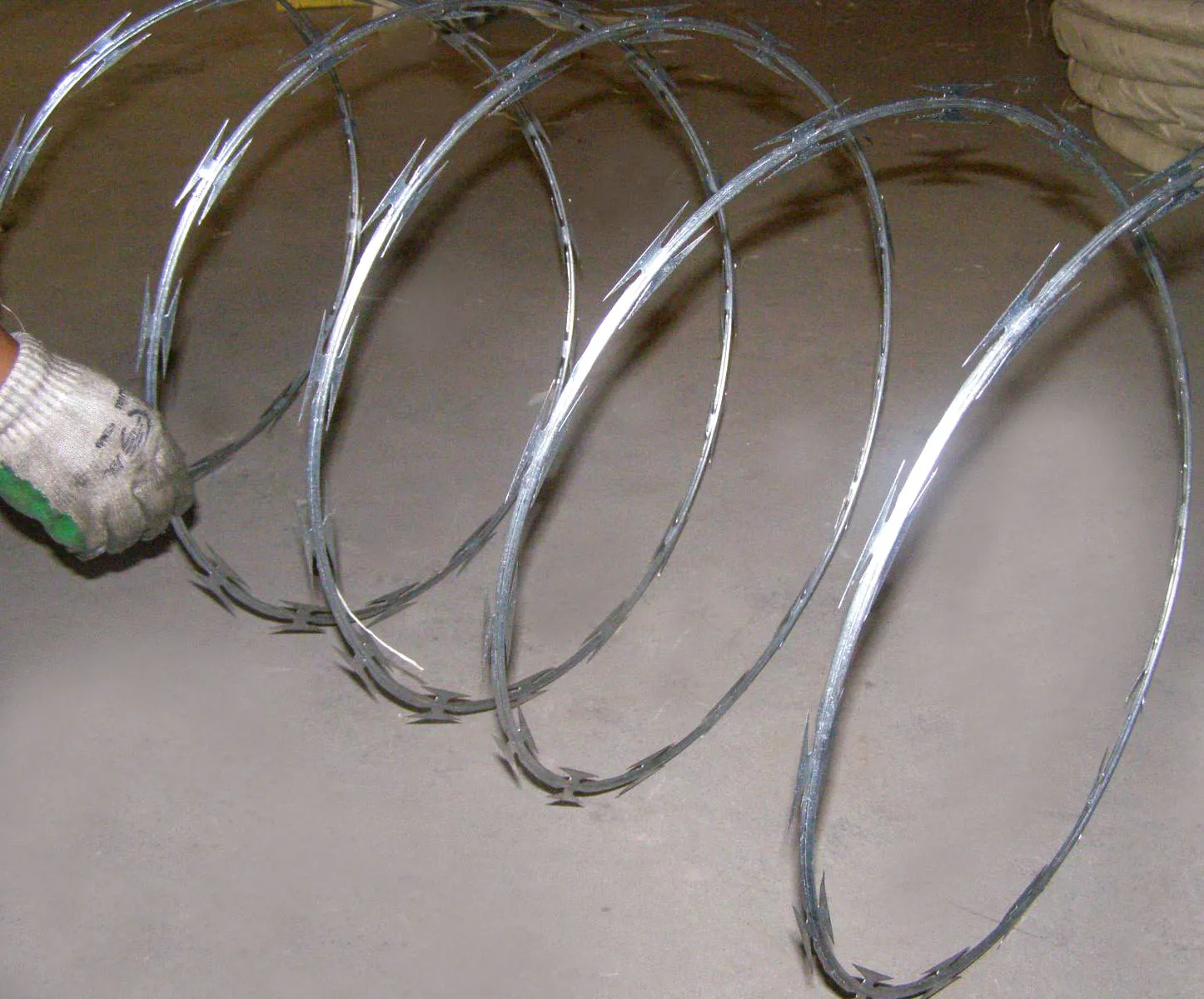

4. Safety Precautions Safety cannot be overstated in any construction task. Always wear protective goggles and gloves. The process can generate fragments or dust, posing hazards to your eyes and skin. Additionally, using ear protection is advisable when employing power tools like hammer drills, which can produce significant noise levels. 5. Applying the Right Technique With your pilot holes prepared, gently tap the masonry nails into place with a hammer to minimize disturbance to the surrounding material. If utilizing a powder-actuated tool, ensure the nail is perpendicular to the cinder block for maximum efficacy and hold. 6. Reinforcing with Construction Adhesive For added stability, applying a high-strength construction adhesive in conjunction with nails provides enhanced support. Suitable for holding up heavier objects, this approach leverages both mechanical and chemical adhesion, ensuring long-lasting integrity. 7. Alternatives and Advanced Solutions For those seeking an alternative to nails, concrete screws or anchor bolts present viable options. While requiring different tools and techniques, these fasteners often offer superior hold in load-bearing applications. 8. Resolving Common Issues An expert-level understanding involves troubleshooting potential setbacks. If a nail doesn't adhere or causes a crack, don't force it. Remove the nail carefully, assess the damage, and choose a different location if needed. Adjusting your approach based on surface feedback is key to achieving professional-grade results. In conclusion, driving nails into cinder block requires a thoughtful balance of appropriate tools, meticulous planning, and careful execution. By understanding the material and applying these expert techniques, you can confidently secure a variety of items to cinder blocks while maintaining structural integrity and aesthetics. With the right preparation and mindset, even the most challenging tasks become manageable, turning your DIY aspirations into accomplishments.

















